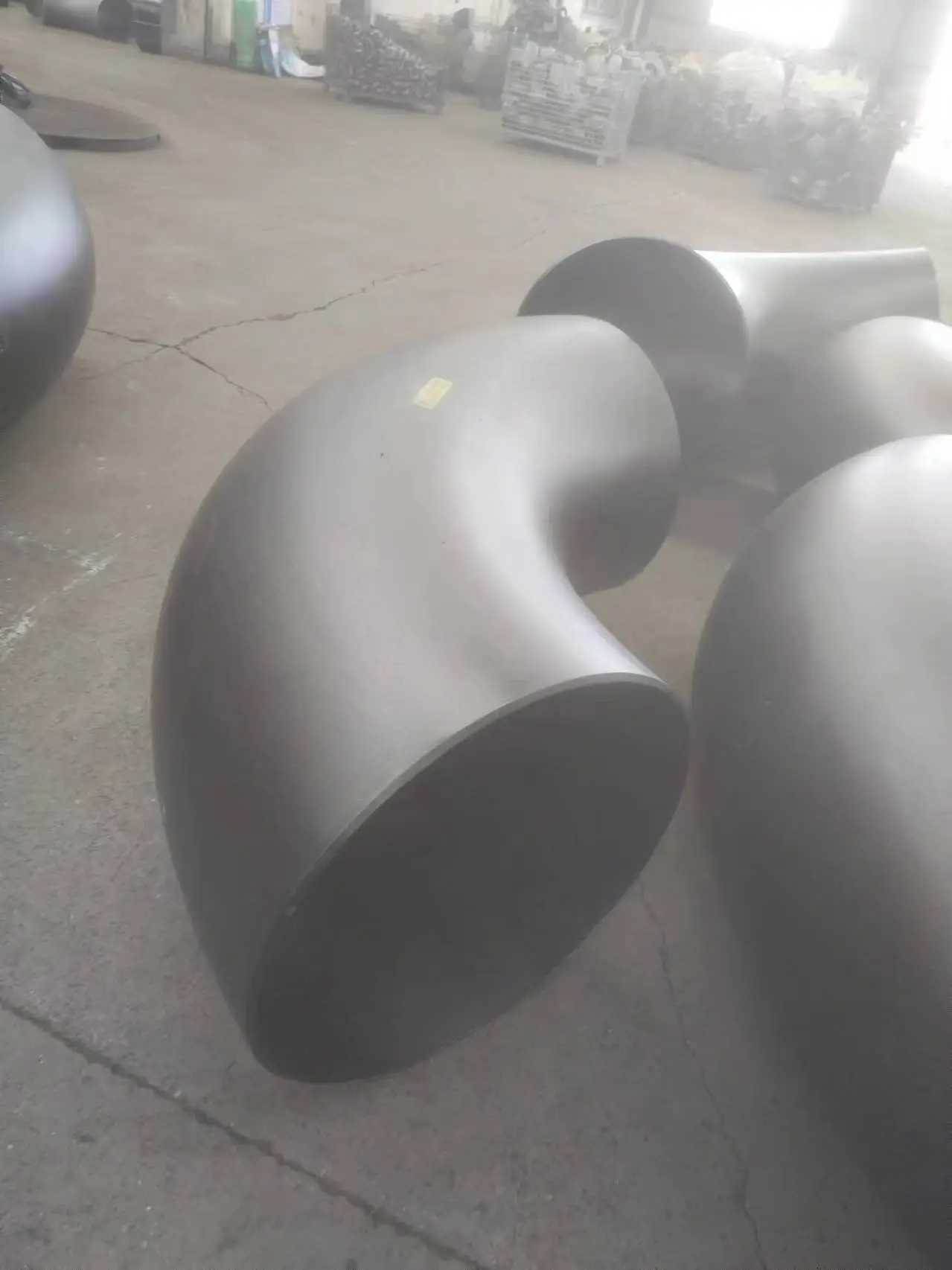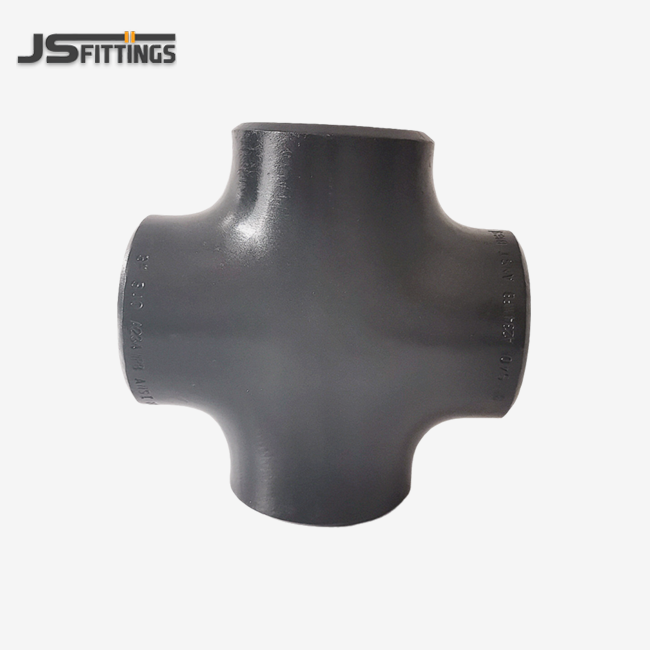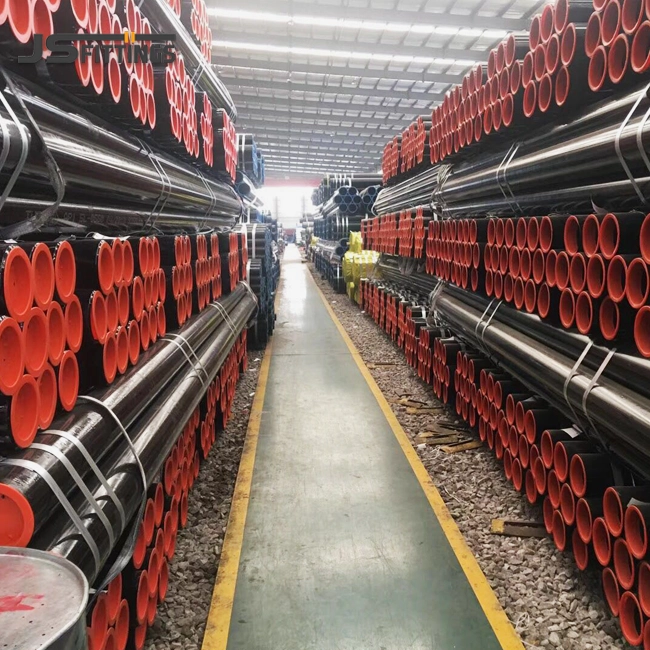In 2025's changing industrial world, it's more important than ever to know about buttweld elbow standards, uses, and how to choose the right one. These important pipe fittings are the most important parts of many pipeline systems in the manufacturing, petrochemical, and power businesses. Modern welded attachment technology needs accurate technical standards, high-quality materials, and reliable performance in order to meet strict safety standards. This complete handbook covers everything experts need to know about choosing, installing, and taking care of these important parts. Mastering the basics of buttweld elbows is important for both large-scale infrastructure projects and small-scale installations. It will help you succeed in your projects and run your business well.
What Are Buttweld Elbows and Why Do They Matter?
Buttweld elbows are special pipe fittings that are used to change the direction of fluid flow in industrial piping systems. These parts link perfectly to pipes through welding, making joints that last forever and can handle very high temperatures and pressures. Welded joints, on the other hand, don't have any possible leak spots and keep the structure strong.
The significance of these fittings extends beyond simple directional changes. They accommodate thermal expansion, reduce stress concentrations, and enable efficient space utilization in complex installations. Modern metal fabrication techniques have evolved to produce elbows with exceptional dimensional accuracy and surface finish quality.
Industrial uses include power plants, chemical processing plants, water treatment systems, and oil refineries. Every application needs materials with certain qualities, pressure ratings, and conformity with normal technical rules. Knowing these needs helps people who buy things make smart choices that lower project risk and make sure the things they buy will last a long time.

Types and Classifications of Pipe Elbows
A long radius elbow has a central radius that is 1.5 times the ID of the pipe. Putting this together makes the flow of fluids smoother and lowers the pressure drops, which is great when flow economy is key. Turbulence and erosion are less likely to happen in high-speed systems because the curve is smoother.
Short radius alternatives offer a centerline radius equal to the pipe diameter, enabling tighter installation spaces. While these create higher pressure losses, they prove invaluable in confined areas where space constraints override flow considerations. Many plumbing systems and compact installations rely on these space-saving solutions.
Buttweld elbows usually come with 45-degree and 90-degree angles, but you can also get them with custom angles for specific uses. You can use carbon steel for most tasks, stainless steel for situations where it will rust, or metal steels for tasks that will be done at high temperatures. How well it fights corrosion, how strong it is, and how long it will last depend on the material you choose.
Seamless elbow construction gets rid of weld seams in the pressure barrier, making it stronger and more reliable. Welded alternatives are cheaper and still work well for many uses. Engineers can choose the right fittings for certain operating circumstances by knowing these differences.
Material Selection and Performance Characteristics
Carbon steel is still the most popular choice for typical industrial plumbing because it is strong and cheap, and it is easy to find. These materials can bear moderate temperatures and pressures well and are easy to weld. ASTM A234 WPB is a standard grade for seamless fittings and a number of welded options.
Using stainless steel for food-grade purposes and making chemicals is better at keeping it from rusting. However, austenitic grades, such as 316L, work better with chemicals, while duplex metals do better in rough circumstances. Things that are made with good materials usually pay for themselves over time because they last longer and need less upkeep.
Metals made of alloy can withstand the high temperatures and high pressures needed for power generation and industrial applications. Chrome-molybdenum metals don't break easily at low temperatures and don't work well in cryogenic environments. Prior to picking out materials, you should carefully consider how they will be used and how well they will mix.
When thinking about pressure ratings, you need to think about both the design pressure and how temperature affects the qualities of the material. ANSI Class 150 through 2500 and other standard rating systems give you rules for safe operating limitations. When setting design parameters, engineers need to think about heat cycling, fatigue loading, and possible corrosion effects.
Standards and Compliance Requirements
ASME standards set the rules for the size, material, and testing of industrial pipe fittings. ASME B16.9 talks explicitly about factory-made wrought steel fittings, setting tolerances and marking rules. Following these rules ensures that diverse manufacturers and projects can work together.
International standards such as EN and JIS offer different sets of rules for projects around the world. Suppliers can better service different markets if they know what people in different areas want and need. To meet the needs of different stakeholders and local laws, many projects set more than one standard.
Material certification, dimensional inspection, and non-destructive testing are all parts of quality assurance systems. Certified producers have documents that show where the raw materials for completed products, like Buttweld Elbow fittings, came from. This paperwork is very important for important applications when the effects of failure are bad.
Third-party inspection services check that the project meets all the requirements and codes that apply. These independent reviews give us more assurance that the product is of high quality and meets all the rules. A lot of end users need this kind of proof before they will accept items for installation.
Installation Best Practices and Common Challenges
Proper preparation begins with accurate pipe diameter measurements and fitting orientation. Welded connection success depends on correct beveling, gap dimensions, and alignment procedures. Experienced welders understand how thermal expansion affects joint integrity and plan accordingly.
Welding procedures must comply with qualified procedures addressing heat input, interpass temperatures, and post-weld heat treatment requirements. Different materials and thicknesses require specific techniques to achieve acceptable mechanical properties. Quality welding prevents premature failures and ensures design life achievement.
Pipeline installation considerations include support spacing, thermal expansion accommodation, and stress analysis requirements. Improper support can create excessive stresses, leading to fatigue failures. Professional engineering review helps identify potential issues before installation begins.
Common installation errors include inadequate cleaning, improper fit-up, and insufficient quality control. These mistakes compromise joint integrity and system reliability. Established procedures and skilled craftsmen minimize such problems while maintaining installation schedules.
Cost Optimization and Procurement Strategies
When you buy something strategically, you think about how much it will cost and how well it will work in the long run. Even though high-quality products cost more, the extra money is usually well spent because they last longer. You should add up the costs of repairs, replacing, and downtime when you figure out the total cost of ownership.
You can save a lot of money on big projects if you buy a lot of something from a reliable source. Including suppliers early in the planning process makes value engineering possible and speeds up delivery times. Providers you can trust know what a project can and can't do and work with you to complete it.
Quality checks stop expensive rejections in the field and delays in the schedule. Supplier audits, inbound inspection programs, and performance tracking systems make sure that quality stays the same. Putting money into these activities pays off by lowering project risk and improving results.
Inventory management solutions find a balance between the costs of keeping items in stock and the need for them to be available. Strategic stock positioning may be necessary for important applications that use Buttweld Elbow fittings, whereas standard goods can depend on just-in-time supply. Knowing how long it takes to get things and the hazards in the supply chain helps you make better inventory choices.

Quality Assurance and Testing Protocols
Dimensional inspection includes all important measurements, such as wall thickness, diameter tolerances, and angular correctness. Modern measurement tools can accurately check if tolerances are being met. Statistical process control approaches assist find patterns before they change the quality of a product.
Chemical analysis, checking mechanical properties, and impact testing when necessary are all parts of material testing. These tests make sure that the material meets the specifications and find any problems with how it was made. Certified test reports are proof that something is in compliance.
Radiography and ultrasonic testing are examples of non-destructive testing technologies that find interior flaws without harming the fittings. These methods are especially useful for important service applications where the results of a failure can be quite bad. Qualified technicians read the results based on the parameters that have been set.
Pressure testing checks the integrity of the fitting in a controlled environment before installation. Hydrostatic or pneumatic testing show that something is leak-proof and structurally sound. Test documentation gives you confidence that the product will work in the field and meet all the rules.
Conclusion
To finish a project on time in today's tough business world, you need to know how to pick out and use buttweld elbows properly. It's important to think about the materials, how well they meet standards, how they will be fitted, and what the supplier can do before you buy these parts. When making smart purchases, people weigh short-term costs against long-term benefits, making sure that safety and rules are followed at all times. As pipe systems get more complicated, working with manufacturers with a lot of experience, like JS FITTINGS, gives you the information and quality assurance you need to get the best results. In the long run, buying high-quality fittings and having a professional install them is worth it because it lowers the cost of upkeep, makes the equipment last longer, and makes it more reliable.
Partner with JS FITTINGS for Premium Buttweld Elbow Solutions
Choosing the correct buttweld elbow supplier has a big effect on the success of the project, the safety of the workers, and the long-term costs of running the business. JS FITTINGS has been making things for 40 years, and they bring that experience to every project. They use innovative production methods and strict quality assurance procedures. Our ISO 9001, CE, and GOST-R certifications show that we are always committed to meeting international standards and making our customers happy.
Our wide range of products meets the needs of many different industries, including construction materials, chemical processing, and power generation. We put each fitting through a series of tests to make sure it is the right size, made of the right materials, and structurally sound. This level of care reduces issues during installation and increases the performance of the service life.
Competitive pricing structures make it possible to buy things at a low cost without sacrificing quality or delivery reliability. Customers with restricted project budgets obtain real value from our well-established supplier chains and efficient production processes. Our technical staff works directly with clients to make sure that specifications are as good as they can be, whether you need standard configurations or unique solutions.
Global distribution networks provide clients in the Middle East, South America, Europe, and Asia with consistent quality and quick service. Our knowledgeable salespeople know what each region needs and can quickly work through complicated procurement processes. Are you ready to talk about what you need? To talk to our technical staff and find out why top contractors chose JS FITTINGS as their go-to pipe fitting manufacturer, email us at admin@chinajsgj.com.
References
1. ASME B16.9-2018, Factory-Made Wrought Buttwelding Fittings, American Society of Mechanical Engineers, New York
2. Mohitpour, M., Golshan, H., Murray, A., "Pipeline Design & Construction: A Practical Approach, Third Edition," ASME Press, 2007
3. Nayyar, M.L., "Piping Handbook, Seventh Edition," McGraw-Hill Professional, 2000
4. ASTM A234/A234M-21, Standard Specification for Piping Fittings of Wrought Carbon Steel and Alloy Steel, ASTM International, West Conshohocken
5. Kannappan, S., "Introduction to Pipe Stress Analysis," John Wiley & Sons, 1986
6. Singh, K.P., Soler, A.I., "Mechanical Design of Heat Exchangers and Pressure Vessel Components," Arcturus Publishers, 1984



